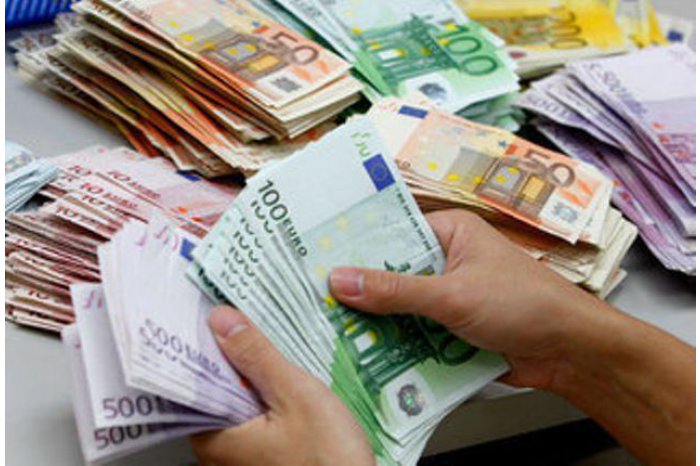Moldovan leu goes through two strong shocks within 25 years, says expert
21:04 | 30.11.2018 Category: Economic
Chisinau, 30 November /MOLDPRES/ – The Moldovans feel more than the population in other countries fluctuations in the exchange rate, given that the incomes of our citizens obtained from remittances are much higher than the Moldovan lei earnings in Moldova, according to economist Veaceslav Ionita.
According to the expert, most large transactions are made in foreign currency. A considerable portion of savings and deposits in banks are also held in foreign currency. The currency is all present, and any fluctuation in currency market, either appreciation or depreciation of a currency, affects practically all citizens.
The economist shows that he has developed an indicator called currency stress, which measures the daily rate change of the Moldovan leu (MDL) against the US dollar (USD) and is summed up monthly, quarterly and annually. "Our citizens have experienced the two most powerful shocks in 1998 – 1999 and 2015," writes the blog of Veaceslav Ionita.
In 1998 – 1999, the shock lasted for a year and a half and it was manifested by the 2.6 – fold depreciation of the national currency from MDL 4.8 per USD (quarter III, 1998) to MDL 12.4 per USD (quarter I, 2000). In 2015, the currency shock was caused by two factors – bank robbery and currency speculation (quarter I, 2015), which until now has not been investigated by the authorities. The depreciation of the currency was only 30 per cent from MDL 15.00 for $1 (quarter 4, 2014) to MDL 19.9 for $1 (quarter IV, 2015). But the currency shock was 137.5 per cent caused not so much by the depreciation of the currency caused by bank robbery, but by the currency speculation that had a much stronger impact on the foreign exchange market than bank robbery itself.
The best times for the national currency were 2005 – 2006, when we had the most long – term stability in foreign exchange market.
In 2018 currency stress has entered into the usual parameters for Moldova. In November 2018, this constituted 2.3 per cent, which is less than the monthly average for the recent three years, which is 2.6 per cent. Until the end of 2018, if nothing extraordinary happens, the annual stress will be below 31 per cent that is the minimum of the past three years.
According to the National Bureau of Statistics (BNS), in the second quarter of 2018, "an important share" in the available income of population "holds money transfers from outside the country, their contribution being 16.5 per cent of the total revenues." The total volume of bank transfers of funds from abroad in favour of individuals in Moldova reached $1,067.04 million within ten months, 7.9 per cent more than in the same period of 2017, according to the BNM.
The data from the National Bank of Moldova (BNM) show that in the third quarter of 2018, there were granted 38.8 per cent of all new loans by banks in foreign currency.

